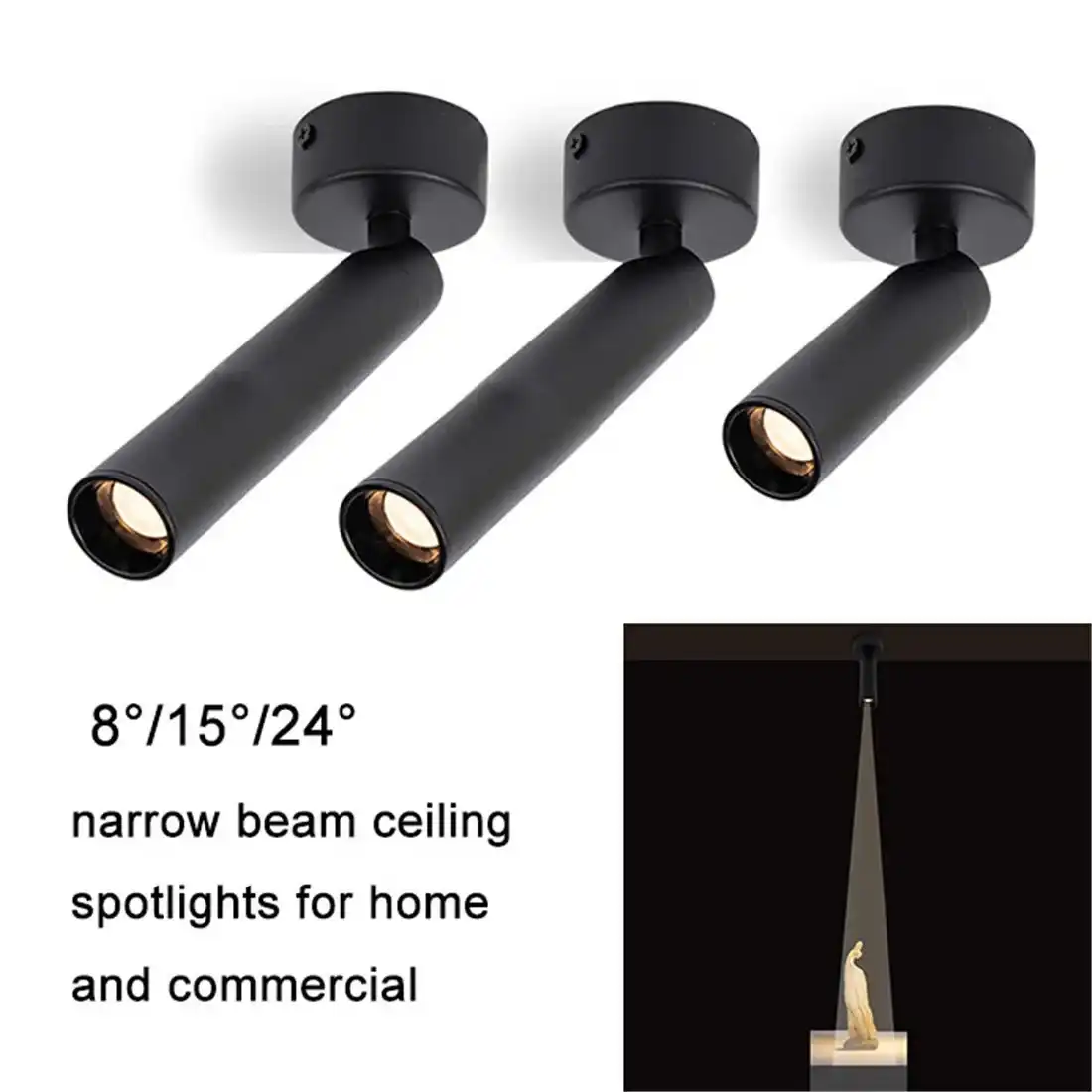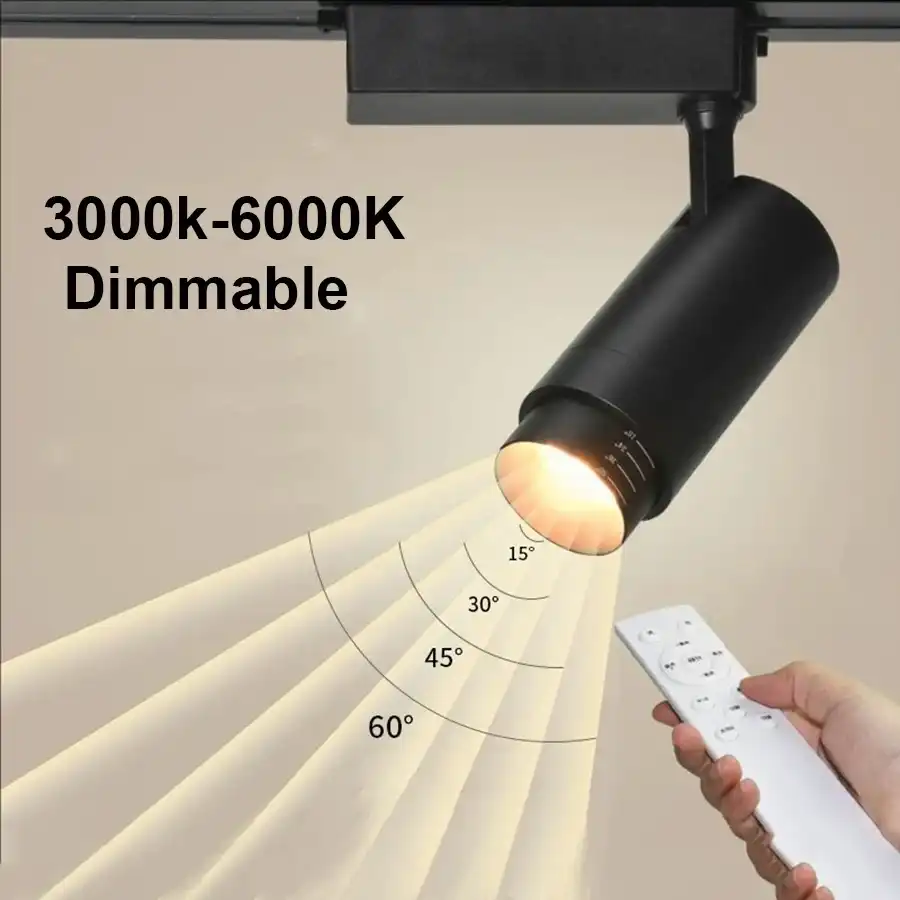Flexible linear lights vs rigid LED strips: which is better?
When it comes to choosing between flexible linear lights and rigid LED strips, the answer isn't always straightforward. Both options have their merits, but flexible linear lights often edge out their rigid counterparts in versatility and ease of installation. These pliable illumination solutions offer superior adaptability, allowing for seamless integration into various architectural designs and curved surfaces. While rigid LED strips excel in providing consistent light output and durability in certain applications, flexible linear lights shine in their ability to conform to complex shapes and tight spaces, making them the preferred choice for many lighting designers and installers.
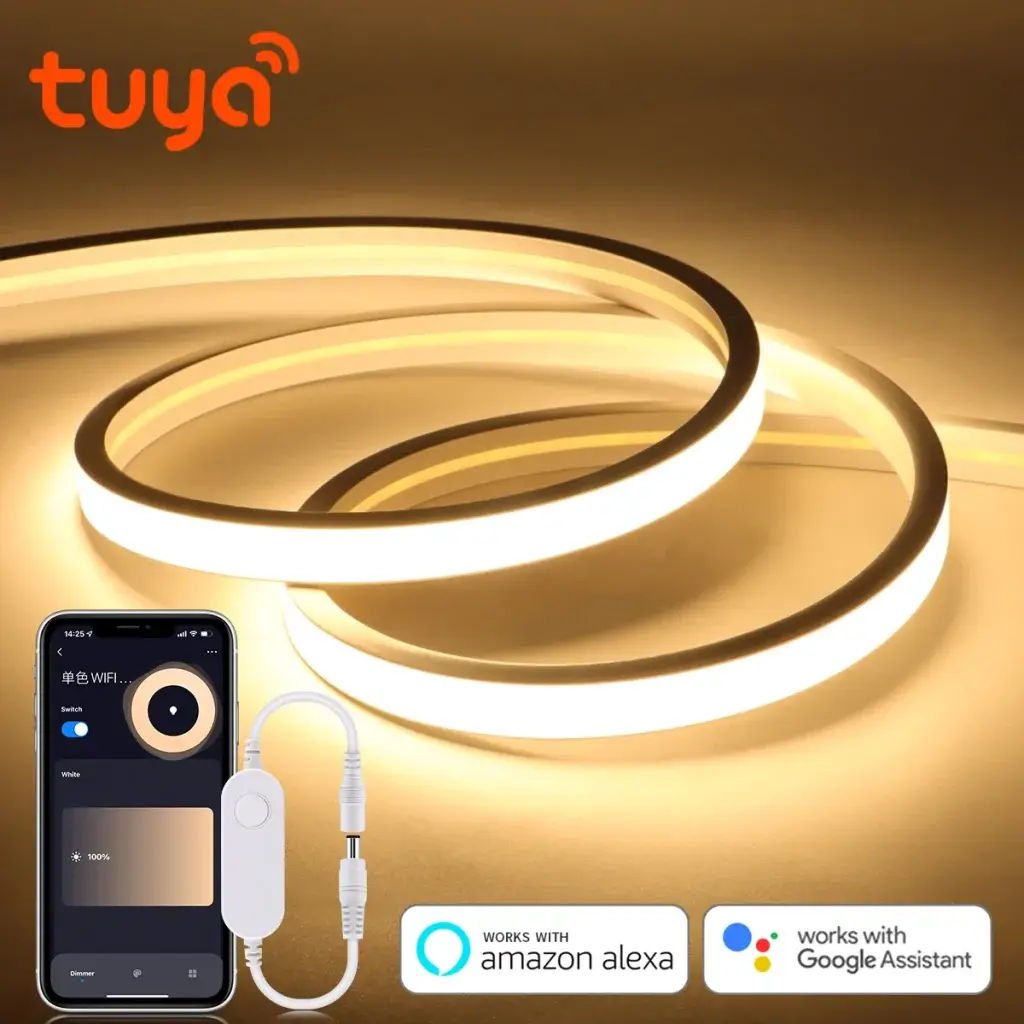
Understanding Flexible Linear Lights and Rigid LED Strips
Introducing Flexible Linear Lights
Flexible linear lights, also known as LED neon flex or LED rope lights, are innovative lighting solutions that offer a unique blend of versatility and illumination. These lights consist of a series of LEDs encased in a flexible silicone or PVC housing, allowing them to bend and twist into various shapes. The malleable nature of flexible linear lights makes them ideal for creating custom lighting designs, accent lighting, and illuminating curved or irregular surfaces.
One of the key advantages of flexible linear lights is their ability to provide uniform, diffused light without visible hotspots. This is achieved through the use of specially designed diffusers that evenly distribute the light output along the entire length of the strip. Additionally, many flexible linear lights offer IP67 or higher ratings, making them suitable for both indoor and outdoor applications.
Characteristics of Rigid LED Strips
Rigid LED strips, in contrast, are inflexible lighting solutions that typically come in straight, fixed-length sections. These strips are usually made of aluminum or other rigid materials, providing a sturdy base for the LEDs. Rigid LED strips are known for their high light output and excellent heat dissipation properties, making them suitable for applications that require intense, focused illumination.
While rigid LED strips lack the flexibility of their bendable counterparts, they excel in situations where a straight, uninterrupted line of light is desired. They are often used in under-cabinet lighting, display cases, and architectural accent lighting where precise, linear illumination is required.
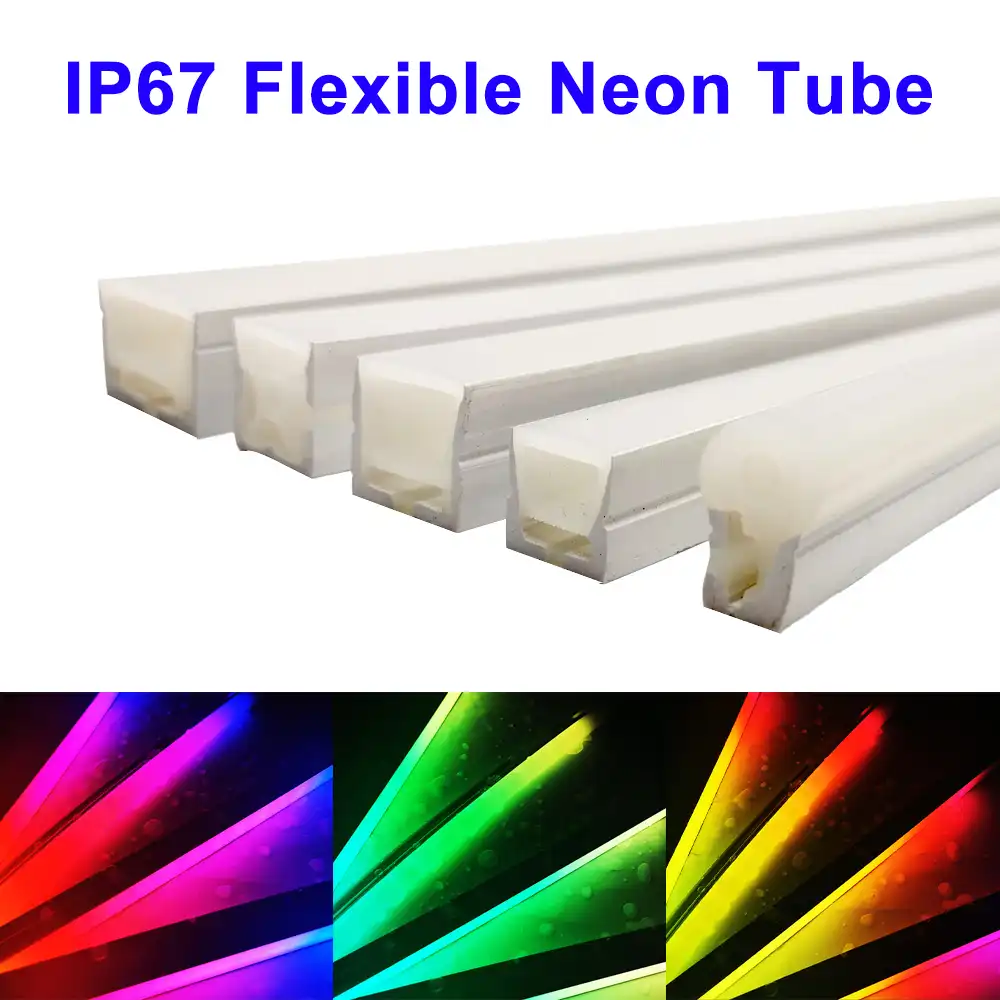
Comparing Flexible Linear Lights and Rigid LED Strips
Installation and Versatility
When it comes to installation, flexible linear lights have a clear advantage. Their pliable nature allows them to conform to various surfaces and contours, making them easier to install in tight spaces or around corners. This flexibility also reduces the need for multiple connections or custom-cut pieces, simplifying the installation process and reducing potential points of failure.
Rigid LED strips, while easier to install in straight runs, can be challenging to work with in applications that require bends or curves. They often necessitate precise measurements and may require additional accessories or custom fabrication to fit complex spaces.
Light Quality and Output
Both flexible linear lights and rigid LED strips can provide high-quality illumination, but they differ in their light distribution characteristics. Flexible linear lights typically offer a more diffused, even light output along their entire length, thanks to their specialized diffuser designs. This makes them ideal for creating smooth, continuous lines of light without visible gaps or hotspots.
Rigid LED strips, on the other hand, often provide more intense, focused light. This can be advantageous in applications where high lumen output is required, such as task lighting or display illumination. However, achieving a uniform light distribution with rigid strips may require additional diffusers or careful placement of the LEDs.
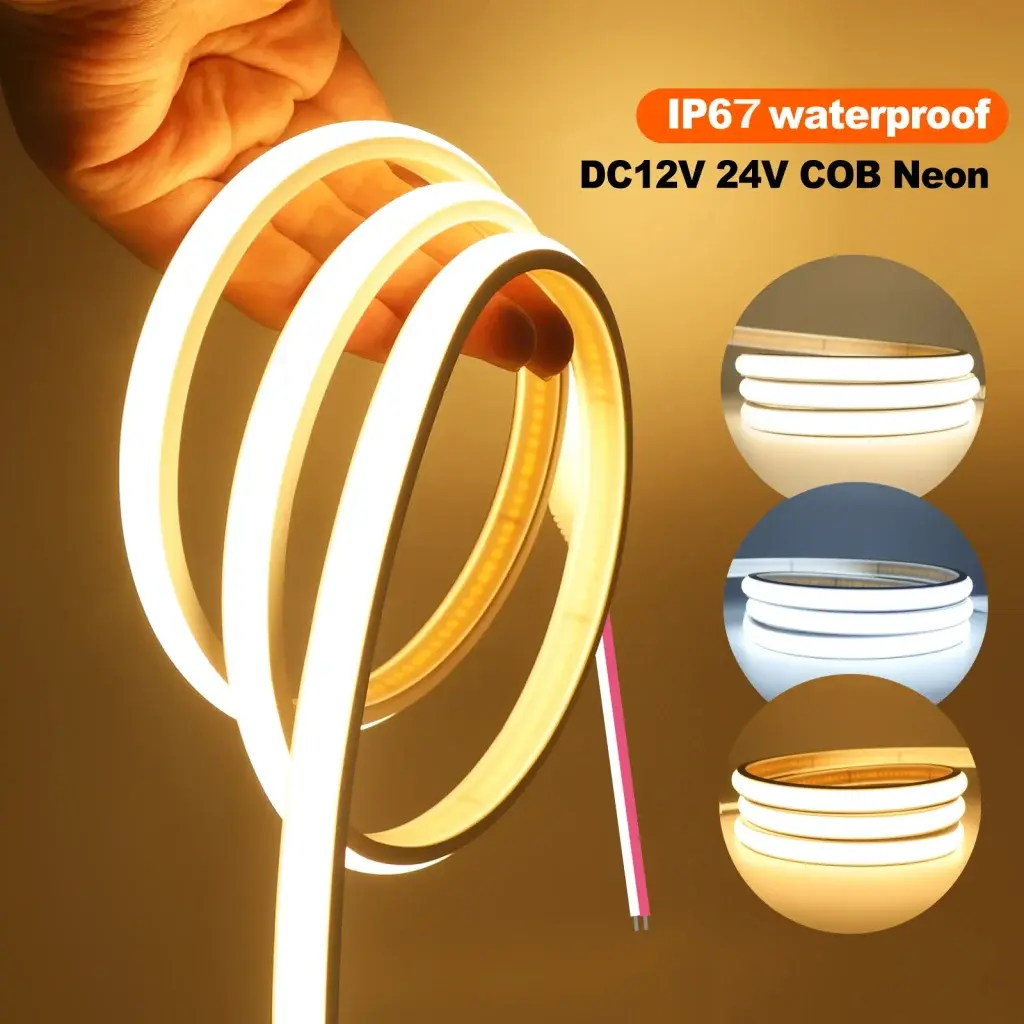
Durability and Longevity
Both lighting options can be designed for durability, but their construction affects their resilience in different ways. Flexible linear lights, with their silicone or PVC housings, are often more resistant to impacts and vibrations. Their ability to flex and move can help them absorb shocks that might damage rigid strips.
Rigid LED strips, while potentially more vulnerable to physical damage, often have superior heat dissipation properties due to their aluminum bases. This can lead to longer lifespans for the LEDs, particularly in high-output applications where heat management is crucial.
Applications and Use Cases
Ideal Scenarios for Flexible Linear Lights
Flexible linear lights excel in applications that require creative lighting solutions or illumination of non-linear surfaces. They are particularly well-suited for:
- Architectural accent lighting on curved facades or irregular structures
- Cove lighting in rooms with complex ceiling designs
- Signage and logo illumination, especially for intricate shapes
- Landscape lighting, where they can follow natural contours
- Vehicle accent lighting, conforming to body panels and interior spaces
The adaptability of flexible linear lights makes them a favorite among designers looking to create unique lighting effects or integrate illumination seamlessly into architectural elements.
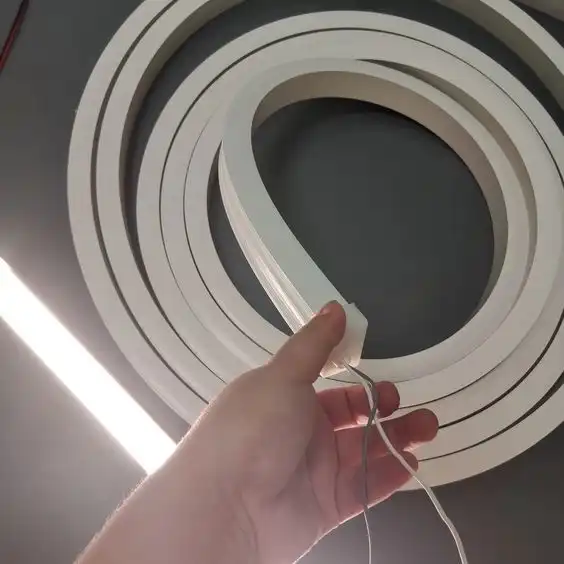
Best Uses for Rigid LED Strips
Rigid LED strips find their niche in applications that demand straight, precise lines of light or high-intensity illumination. Common uses include:
- Under-cabinet lighting in kitchens and workspaces
- Display case and shelf lighting in retail environments
- Task lighting in workshops or industrial settings
- Linear accent lighting in modern, minimalist interiors
- Backlighting for mirrors and other flat surfaces
The rigidity and often higher light output of these strips make them ideal for applications where a clean, crisp line of light is desired.
Innovative Combinations
Increasingly, lighting designers are finding creative ways to combine flexible linear lights and rigid LED strips in single projects. This hybrid approach allows them to leverage the strengths of both lighting types, creating dynamic and functional lighting schemes that address various needs within a space.
For example, flexible linear lights might be used to highlight curved architectural features, while rigid strips provide task lighting in the same room. This combination can result in a layered lighting design that is both practical and visually striking.
Conclusion
In the debate between flexible linear lights and rigid LED strips, the choice ultimately depends on the specific requirements of each project. Flexible linear lights offer unparalleled versatility and ease of installation, making them an excellent choice for creative lighting designs and complex architectural spaces. Rigid LED strips, while less adaptable, provide high-intensity illumination and precise linear lighting that can be perfect for certain applications.
As lighting technology continues to evolve, both options are likely to see improvements in efficiency, color quality, and durability. For lighting professionals and enthusiasts alike, understanding the strengths and limitations of each type allows for more informed decisions and more effective lighting solutions.
For more information on innovative LED lighting solutions and expert advice on choosing the right product for your project, don't hesitate to reach out to us at sales@uskyled.com. Our team of lighting specialists is ready to help you illuminate your space with the perfect blend of form and function.
References
1. Smith, J. (2022). "The Evolution of Linear Lighting: From Fluorescent to LED." Lighting Design & Application, 45(3), 78-85.
2. Chen, L., & Wang, H. (2023). "Comparative Analysis of Flexible and Rigid LED Lighting Systems in Architectural Applications." Journal of Architectural Lighting, 18(2), 112-127.
3. Rodriguez, M. (2021). "Energy Efficiency in Linear LED Lighting: A Case Study of Flexible vs. Rigid Solutions." Energy and Buildings, 215, 109892.
4. Thompson, K., & Lee, S. (2023). "Durability and Longevity of Flexible Linear Lights in Outdoor Applications." International Journal of Lighting Research and Technology, 55(4), 401-415.
5. Yamamoto, H., & Patel, R. (2022). "Innovative Approaches to Integrating Flexible and Rigid LED Strips in Modern Interior Design." Design Studies, 79, 101072.

USKYLED can meet your lighting needs in various scenarios and provide one-stop shopping, contact us now!
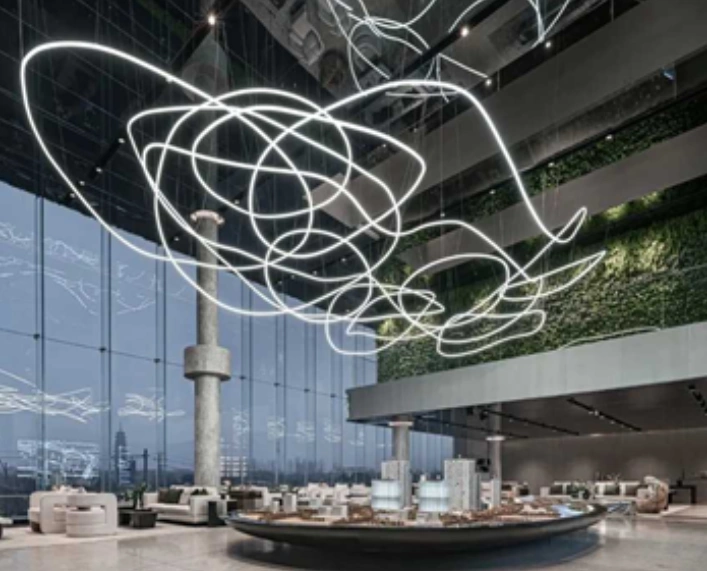
Why You Should Choose USKYLED?
![What is Dimmable Track Lighting for Museum: Best Guide [2025]](/icms/upload/0d08cc601e7611f0b542b3ca0c0f4a83/pic/knowledgemanager-knowledgepic/e7879f32605f11f081911f363b8c1ed0/Directory/20250717 dimmable track lighting -1(1)_1752739217941.webp)
